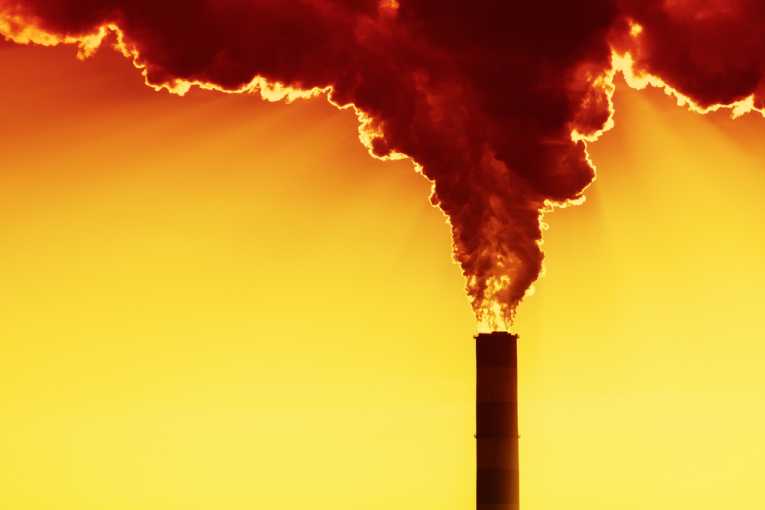Yesterday saw the release of a report with some dark and disappointing news from the World Meteorological Organization (WMO). The world's efforts to reduce climate change are not having the desired effect on the levels of greenhouse gases that are found in the atmosphere. Unfortunately, the levels have reached record highs with comparative data showing that the degree of warming caused by these gases has increased by 29% over the last 20 years.
A greenhouse gas is defined as a gas that traps the energy from radiation and, in the process, warms the world's atmosphere. The prime culprits, in order of importance, are CO2(carbon dioxide), CH4(methane) and N2O(nitrous oxide).
Carbon dioxide is produced when organic matter is burnt, and is the largest man-made contributing factor in global warming as the cause of over 60% of the increase in absorption of energy from radiation. This absorption is called radiative forcing and is seen as a key factor in the measurement of climatic change. Radiative forcing from methane makes up over 15% of the recorded change with 60% of methane production coming from human activities. Contributing more than 5% of the increase, nitrous oxide is produced by natural and man-made processes.
The report not only compared the changes in radiative forcing over the last 20 years, it also highlighted the quantities of greenhouse gases in the atmosphere. Comparing this data with pre-industrial era levels shows how much humankind has altered the environment. Atmospheric CO2 has increased by almost 40%, N2O by 20 % and CH4 by 158%. These levels have an unavoidable effect on the amount of energy retained within the Earth's atmosphere.
It was also noted that CFC's were in decline after concerted efforts by organisations around the globe but that the levels of less-damaging replacement compounds (HCFCs and HFCs), which are also greenhouse gases, are on the rise.
The Secretary-General of the WMO had some bleak words to add, "Even if we managed to halt our greenhouse gas emissions today - and this is far from the case - they would continue to linger in the atmosphere for decades to come and so continue to affect the delicate balance of our living planet and our climate."










